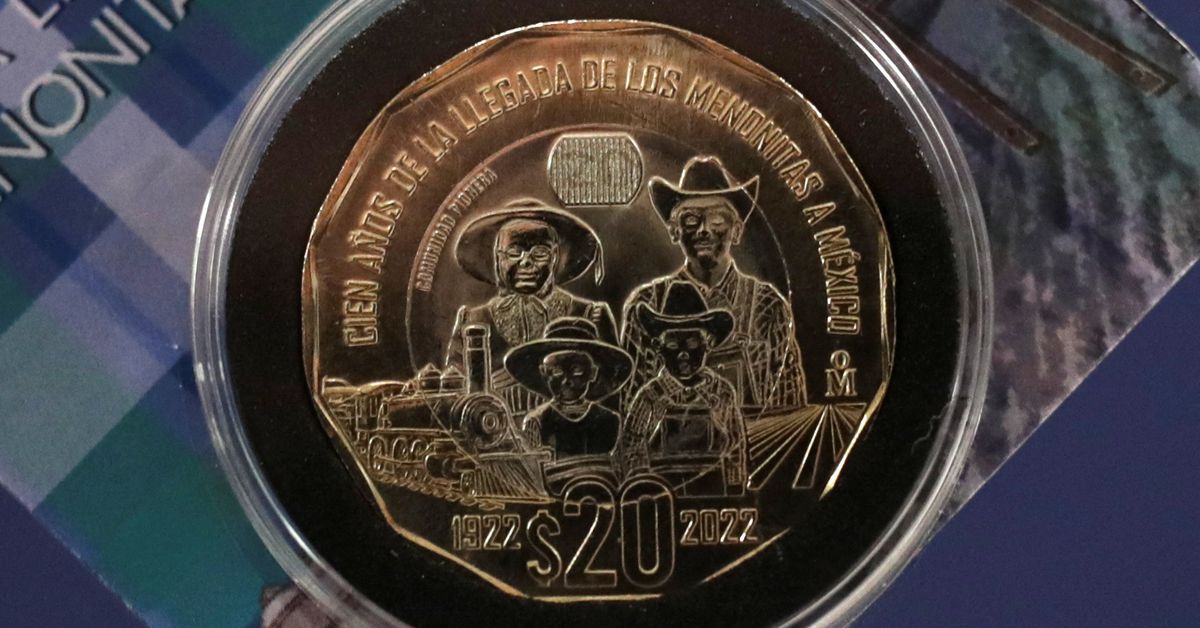https://ghostarchive.org/archive/r5JMy
MEXICO CITY, July 28 (Reuters) - Mexico’s peso on Friday hit its highest level against the dollar since early December 2015, as the greenback lost steam after a slowdown in U.S. inflation bolstered the case for the Federal Reserve to end its interest rate hikes.
The currency, which has been dubbed the “super peso” in some quarters, including by its most prominent cheerleader, President Andres Manuel Lopez Obrador, strengthened by more than 1.3% in morning trading to 16.63 per dollar.
“What’s happening with the peso right now is due to weakness in the dollar, but also because of optimism surrounding the Mexican peso,” said Banco Base analyst Gabriela Siller.
“And with this international investors keep buying Mexican pesos and it may keep appreciating,” she added.
Data pointing to softening U.S. inflation on the one hand and better-than-expected growth data on the other has helped weaken the dollar and boost the peso, which could continue firming to 16.40 to the dollar, Siller said.
In a research note this week, JPMorgan analysts wrote that while the peso has been considered a “high-beta risk proxy currency for much of the past two decades, we think it is time investors shed this outdated perception.”
“The peso has entered a new chapter that will likely be accompanied by lower for longer volatility and a decoupling from the risk profile of its peer currencies in Latin America,” they forecast in the note called “MXN: Not your padre’s peso.”
Some analysts have warned that a prolonged peso run could eventually be more harmful than beneficial to Mexico’s economy because it makes Mexican exports more expensive and lowers the value of remittances sent back from the United States.



Can you explain your connect a little further?
Lots of young people about to joi the workforce, a healthy age Pyramid unlike most developed countries
If their age distribution is looking pyramid-like, and their expected lifespan is not super low, doesn’t that just make them have a population boom that’s not sustainable long-term?
I mean a sustainable age distribution would look somewhat like a straight rectangle, should it not? Or at most something like a repeating hourglass with “waves” of bigger and smaller generations.
I know fuck all about demographics though.